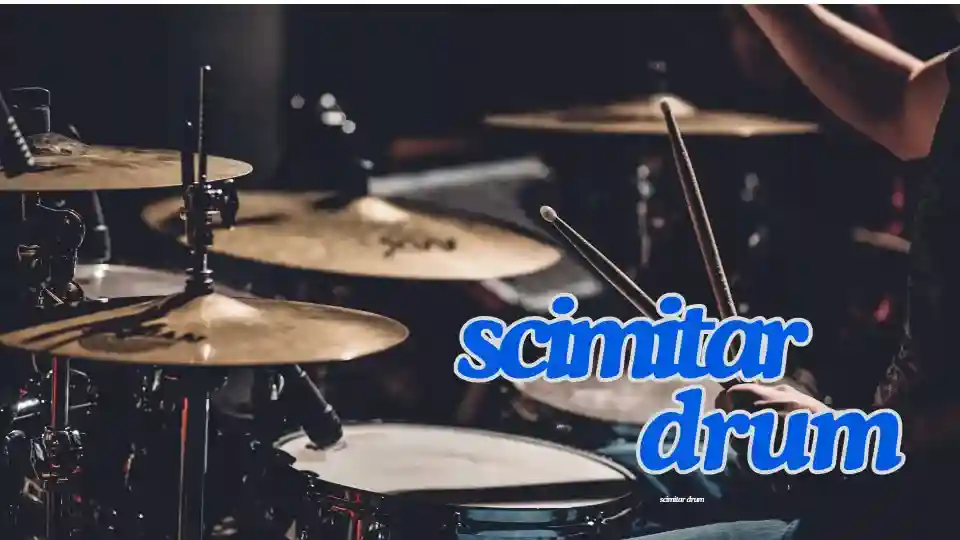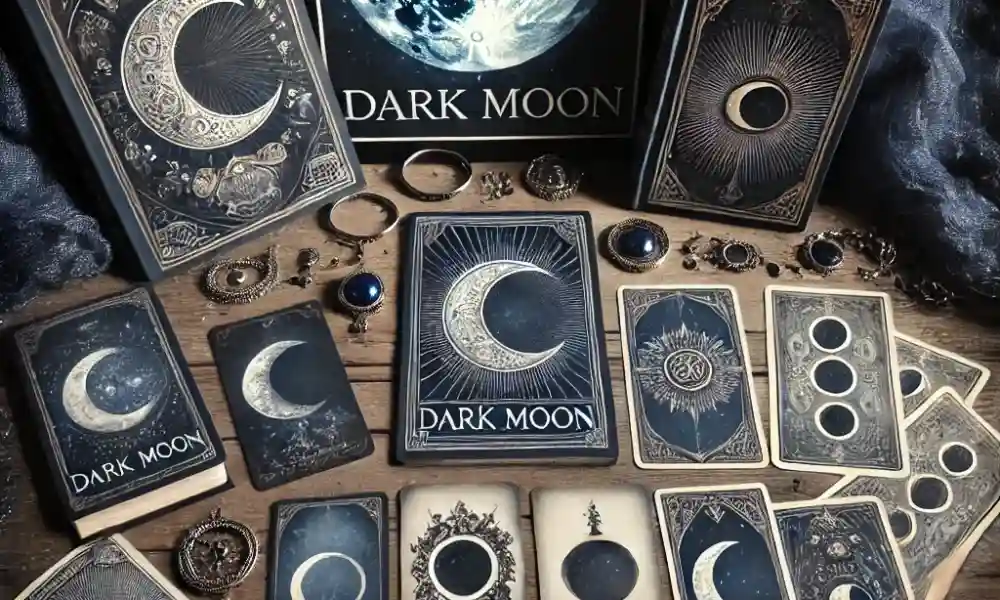The scimitar drum, a unique and fascinating percussion instrument, has been capturing the attention of musicians and music enthusiasts alike. Named after the curved sword of Middle Eastern origin, the scimitar drum’s distinctive crescent shape sets it apart from traditional cylindrical drums. In this comprehensive guide, we’ll explore the history, construction, playing techniques, and cultural significance of the scimitar drum, shedding light on this intriguing instrument that has found its place in various musical genres.
What is a Scimitar Drum?
A scimitar drum is a percussion instrument characterized by its curved, crescent-shaped body. This unique design not only gives the drum its name but also contributes to its distinctive sound and playing style. Key features of the scimitar drum include:
- Crescent-shaped body
- Single drumhead (usually made of animal skin or synthetic materials)
- Wooden or metal frame
- Varying sizes, typically ranging from 12 to 24 inches in length
The scimitar drum’s curved shape allows for a variety of playing techniques and tonal possibilities, making it a versatile instrument in the hands of skilled percussionists.
History and Origins of the Scimitar Drum
Ancient Roots
While the exact origins of the scimitar drum are somewhat obscure, curved drums have been present in various cultures throughout history. Archaeological evidence and historical records suggest that crescent-shaped drums have existed for thousands of years, with examples found in:
- Ancient Mesopotamia
- Egypt
- Persia (modern-day Iran)
- Parts of Central Asia
These early curved drums were often used in religious ceremonies, cultural celebrations, and as accompaniments to storytelling and dance.
Evolution and Modern Development
The modern scimitar drum, as we know it today, began to take shape in the mid-20th century. Its development can be attributed to several factors:
- Experimentation by instrument makers
- The fusion of traditional and contemporary music styles
- The desire for new and unique sounds in percussion
As world music gained popularity in the West, the scimitar drum found its way into various musical genres, from traditional folk to experimental jazz and electronic music.
Construction and Design of the Scimitar Drum
Materials Used
The scimitar drum is typically crafted using the following materials:
- Frame: Hardwoods such as maple, oak, or birch are commonly used for the drum’s body. Some modern versions may incorporate metal or composite materials.
- Drumhead: Traditionally made from animal skin (goat, calf, or deer), many contemporary scimitar drums use synthetic materials like Mylar for increased durability and consistent tuning.
- Hardware: Metal tuning lugs, tension rods, and sometimes internal sound-enhancing devices are incorporated into the design.
The Crescent Shape
The defining feature of the scimitar drum is its curved, crescent-shaped body. This unique design offers several advantages:
- Varied tonal range: The curved surface allows for different pitches and timbres depending on where the drum is struck.
- Ergonomic playing: The shape conforms more naturally to the player’s body, allowing for comfortable extended playing sessions.
- Visual appeal: The distinctive silhouette of the scimitar drum adds a striking visual element to performances.
Size Variations
Scimitar drums come in various sizes to suit different musical needs and player preferences:
- Small (12-16 inches): Ideal for high-pitched accents and intricate rhythms
- Medium (18-20 inches): Versatile size suitable for most playing situations
- Large (22-24 inches): Produces deeper tones and is often used as a bass drum in ensembles
Playing Techniques for the Scimitar Drum
Basic Strokes
Mastering the scimitar drum begins with learning these fundamental strokes:
- Open tone: Striking the drum near the edge with the fingertips or palm
- Slap: Hitting the drum with a relaxed hand to produce a sharp, high-pitched sound
- Bass tone: Striking the center of the drum with the full hand for a deep, resonant sound
- Mute: Dampening the drumhead while striking to produce a short, staccato sound
Advanced Techniques
As players become more proficient, they can explore advanced techniques such as:
- Glissando: Sliding the hand across the curved surface to produce a range of pitches
- Finger rolls: Rapid alternation of fingers to create a sustained sound
- Edge playing: Utilizing the rim and edges of the drum for unique timbres
- Harmonic tapping: Lightly touching specific points on the drumhead to produce overtones
Playing Positions
The scimitar drum’s curved shape allows for various playing positions:
- Standing: Holding the drum vertically or at an angle
- Seated: Resting the drum on the lap or between the legs
- Suspended: Using a strap to hang the drum from the shoulder or neck
Each position offers different advantages in terms of comfort, sound projection, and playing techniques.
The Scimitar Drum in Various Musical Contexts
Traditional and Folk Music
In its various forms, the curved drum has long been a staple in traditional music across cultures:
- Middle Eastern and North African music
- Central Asian folk traditions
- Some Native American musical practices
The scimitar drum’s ability to produce a wide range of sounds makes it well-suited for accompanying vocal performances and providing rhythmic foundations for traditional ensembles.
World Fusion and Contemporary Music
As global musical influences have blended, the scimitar drum has found its way into fusion genres:
- World jazz
- Electronic world music
- New Age and ambient soundscapes
Its unique tonal qualities and visual appeal have made it a favorite among musicians looking to incorporate diverse cultural elements into their compositions.
Experimental and Avant-Garde Music
The scimitar drum’s unconventional shape and sound-producing capabilities have attracted experimental musicians and composers. It has been featured in:
- Contemporary classical compositions
- Sound art installations
- Experimental rock and electronic music projects
These artists often explore extended techniques and unconventional playing methods to push the boundaries of the instrument’s sonic possibilities.
Notable Players and Innovators
Several musicians have contributed to the popularization and development of the scimitar drum:
- Glen Velez: A pioneering frame drummer who has incorporated the scimitar drum into his diverse repertoire
- Ramesh Shotham: An Indian percussionist known for blending traditional and contemporary techniques on curved drums
- David Kuckhermann: A German frame drum specialist who has helped popularize the scimitar drum through performances and educational content
These artists, among others, have demonstrated the scimitar drum’s versatility and expressive potential across various musical styles.
The Scimitar Drum in Ensemble Settings
Percussion Ensembles
The scimitar drum’s unique voice allows it to stand out in percussion-focused groups:
- It can provide both melodic and rhythmic elements
- Its curved shape facilitates interesting visual arrangements on stage
- The instrument’s wide dynamic range complements other percussion instruments
World Music Orchestras
In larger world music ensembles, the scimitar drum often plays a crucial role:
- Bridging traditional and contemporary sound palettes
- Adding textural depth to arrangements
- Providing a visual focal point during performances
Fusion Bands
The scimitar drum’s adaptability makes it a valuable addition to fusion bands combining elements from different musical traditions:
- It can emulate sounds of multiple traditional drums
- Its unique timbre helps create distinctive grooves
- The instrument’s exotic appearance adds to the band’s visual aesthetic
Caring for and Maintaining a Scimitar Drum
To ensure the longevity and optimal performance of a scimitar drum, owners should follow these maintenance tips:
- Storage: Keep the drum in a cool, dry place away from direct sunlight and extreme temperatures
- Cleaning: Regularly wipe the drumhead and frame with a soft, dry cloth
- Tuning: Adjust the tension rods evenly to maintain proper tuning and prevent warping
- Humidity control: Use a humidifier or dehumidifier to maintain optimal humidity levels, especially for drums with natural skin heads
- Transportation: Invest in a padded case or bag designed for curved drums to protect the instrument during travel
The Future of the Scimitar Drum
As interest in world music and unique percussion instruments continues to grow, the future of the scimitar drum looks promising:
Technological Advancements
- Development of new materials for improved durability and sound quality
- Integration of electronic elements for expanded sonic possibilities
- 3D printing technology allowing for customized designs and rapid prototyping
Educational Opportunities
- Increased inclusion of the scimitar drum in world music education programs
- Online tutorials and masterclasses making learning more accessible
- Collaborations between players of traditional curved drums and modern scimitar drum enthusiasts
Cultural Exchange
- Growing interest in cross-cultural musical collaborations featuring the scimitar drum
- Festivals and workshops dedicated to frame drums, including the scimitar drum
- Increased visibility in mainstream media and popular music
Conclusion
The scimitar drum, with its crescent shape and versatile sound, bridges traditional craftsmanship with modern musical innovation. Its rich history and unique construction make it a captivating instrument for both seasoned percussionists and music enthusiasts. As musical traditions merge and evolve, the scimitar drum is set to play a significant role in future musical landscapes, showcasing the timeless impact of rhythmic innovation and cultural exchange.





